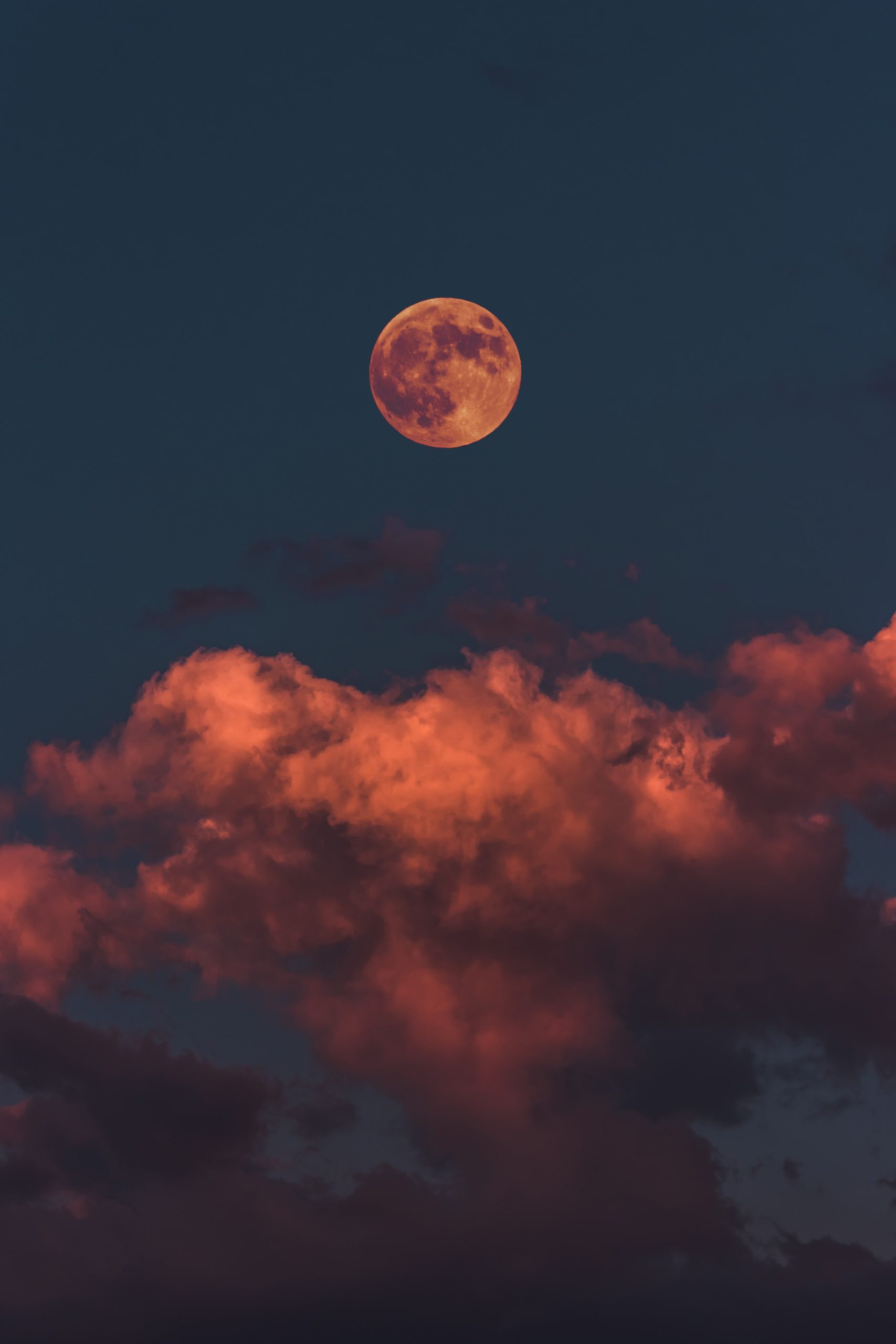What Are the Phases of the Moon Called?
The moon, Earth’s only natural satellite, has been a source of fascination and wonder for humans for thousands of years. Its different phases, which result from the varying positions of the moon, Earth, and the sun, have inspired countless myths, poems, and scientific studies. Understanding the phases of the moon is not only intriguing but also practical, as they affect various natural phenomena, from tides to animal behavior. In this blog post, we will delve into the intricacies of the moon’s phases and explore the names given to each stage of its luminous journey.
The Lunar Cycle
The moon goes through a complete cycle of phases roughly once every 29.5 days. This period, known as a lunar month or synodic month, is the time between two consecutive new moons, which marks the beginning of a new lunar cycle. Understanding the lunar cycle is essential in comprehending the names and characteristics of the moon’s phases.
The moon orbits around the Earth, reflecting sunlight as it moves. This allows us to see different portions of the moon, resulting in the various phases. This dance of light, shadow, and motion creates a cyclical pattern of eight distinct phases that repeat over time.
The Eight Phases of the Moon
1. New Moon: The lunar cycle begins with the new moon phase. During this phase, the side of the moon facing the Earth is entirely in shadow, and it appears dark or invisible from our perspective. The new moon rises and sets with the sun, making it challenging to observe.
2. Waxing Crescent: As the moon moves away from the new moon phase, a tiny sliver of its illuminated side becomes visible. This phase is called the waxing crescent. It appears as a thin, curved crescent shape in the western sky just after sunset.
3. First Quarter: When the moon has completed approximately one-quarter of its orbit around the Earth, it enters the first quarter phase. During this phase, half of the moon’s illuminated side is visible from Earth, resembling a right-side-up letter “D.” The first quarter moon is visible in the evening sky, often high in the southern sky.
4. Waxing Gibbous: As the moon continues its journey around Earth, more of its illuminated side becomes visible. This phase, known as the waxing gibbous, appears as a large, nearly complete disc with only a small portion in shadow. The waxing gibbous moon rises in the east in the afternoon and is visible throughout the night.
5. Full Moon: The full moon is perhaps the most well-known and iconic phase. It occurs when the Earth is between the moon and the sun, resulting in the moon’s entire illuminated side facing the Earth. The moon appears as a brilliant, round disc, providing ample light during the night. The full moon rises as the sun sets and sets as the sun rises, making it visible throughout the night.
6. Waning Gibbous: Once the full moon is past its zenith, it begins to wane. The waning gibbous phase is characterized by a gradually shrinking illuminated side, creating a disc that is mostly lit but with a small portion in shadow. The waning gibbous moon appears in the western sky during the late-night and morning hours.
7. Third Quarter: As the moon moves further along in its orbit, it reaches the third quarter phase. During this phase, half of the moon’s illuminated side is visible, but the opposite half compared to the first quarter phase. The third quarter moon resembles a backward “D” shape when seen from Earth. It is visible in the early morning sky, often high in the southern sky.
8. Waning Crescent: The final phase of the lunar cycle is the waning crescent. It appears as a thin, curved crescent shape in the eastern sky just before sunrise. The illuminated side of the moon continues to shrink until it disappears entirely, marking the end of the lunar cycle and the beginning of a new one.
Naming Conventions and Cultural Influence
The names assigned to the moon’s phases are a combination of scientific terminology and historical traditions. Different cultures throughout history have developed different naming conventions, many of which have survived to the present day.
One of the most well-known naming systems is the Native American names for the moon’s phases, which vary according to different tribes and regions. For example, the Algonquian people referred to the full moon in February as the “Snow Moon,” while the Lakota people called it “Moon of the Raccoon.” These names reflect the cultural significance of the moon in the daily lives and observations of these indigenous communities.
Modern astronomers also use specific terms to describe the moon’s phases. They designate the transition between each phase as “first quarter,” “full moon,” “third quarter,” and “new moon” to maintain accuracy and consistency in their observations and discussions.
In addition to cultural and scientific names, there are informal terms commonly used within the general population. For example, the period when the moon is more than half illuminated is often called a “gibbous” moon, regardless of whether it is waxing or waning.
Conclusion
The moon’s phases are a testament to the intricate relationship between celestial bodies and the wonders of our natural world. From the elusive new moon to the brilliant full moon, each phase conveys a unique ambiance and holds significance in different cultural contexts. By understanding the names and characteristics of the moon’s phases, we can deepen our appreciation for the celestial ballet happening right above our heads.
Table of Contents
